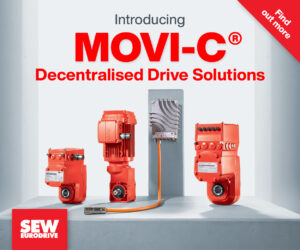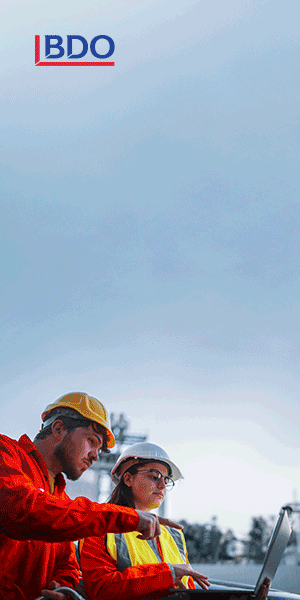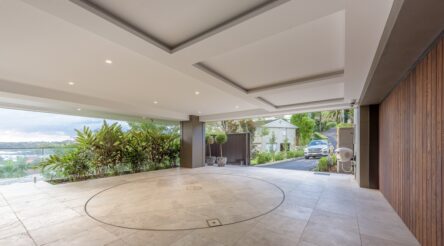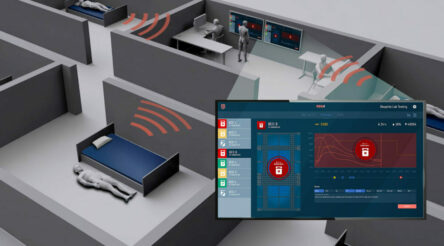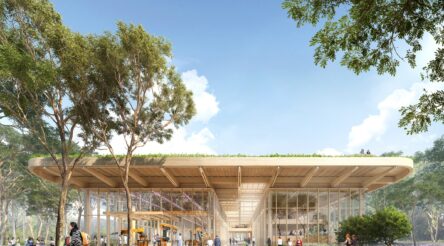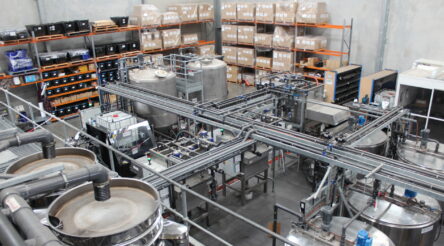A focus on factories, not fundamental research
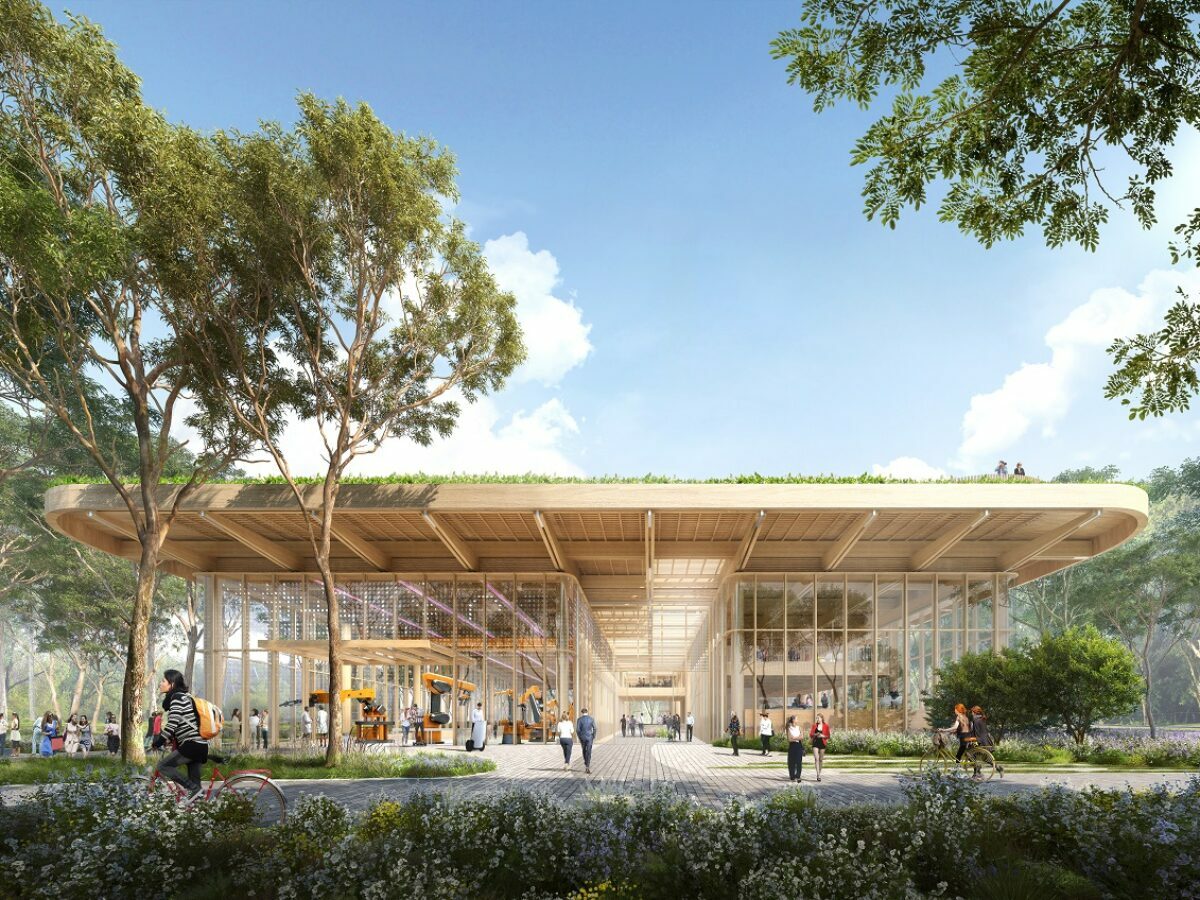
We hear from the NSW Government’s Advanced Manufacturing Research Facility — a sponsor of our recent Australia’s 50 Most Innovative Manufacturers campaign — about what they aim to offer the industry when they open their doors this year.
Steven Milanoski describes his job as one of the best jobs in manufacturing in the nation.
The Director of Manufacturing Technology at the NSW Government’s Advanced Manufacturing Research Facility – which will open later this year – says Australia has seen an increased emphasis on research translation in the last couple of years. But the AMRF’s purpose is different, and its focus is on Manufacturing Readiness Levels rather than Technology Readiness Levels.
“The reason the AMRF exists – there’s no manufacturing development institutes in Australia,” he tells us.
“[Australia tends] to focus really early on that fundamental research, pushing really early stage TRL levels to ‘where can we get a prototype? Get the prototype, kick it off to commercialisation, they’ll handle it.’”
After starting his career in the US Navy, studying as a materials engineer at Purdue University, landing a job at SpaceX and working on projects including the first qualified additively manufactured part to fly in space, Milanoski came to Australia and worked at Western Sydney’s Romar Engineering.
He’s been at the AMRF since May 2023, continuing a professional life he describes as “highlighted by luck and being in the right place at the right time”.
Within a discussion on how the facility plans to help companies, he cites accelerating the adoption of newer technology for SMEs – for example through helping them understand multi-axis CNC machining to know whether or not it is worth the investment – or offering “speed to capability” to a larger client – for example getting them to the qualification point for metal additively manufactured parts – as two ways.
For metal AM, which is one area that AMRF will offer expertise in, Milanoski says that there’s a large grey area in Australia when it comes to qualification.
For quite a few years companies wanting to investigate technologies such as laser powder bed fusion have had the option of inquiring at universities, where the majority of these machines exist in Australia.
This remains an option for making the first prototypes, says Milanoski, but the big difference at his organisation is the focus on real-world manufacturing rather than using machines for research.
“So you have a concept for a part that needs to go into the field, and you want to print it with something, say a scalmalloy, which is a super high specific strength aluminium alloy, that would be a great opportunity to come to the AMRF to investigate if that’s going to be right for you,” he explains.
“And you know that you can go put that through those testing paces, understanding that there’s a very high degree of confidence, say 99.90, 99.50, depending on what your risk posture is, when it comes to understanding mechanical properties – fatigue, tensile properties [etcetera].
“So I think that’s the big distinction – we operate as if we’re industry, and we’re here to assume a large chunk of that risk when it comes to qualifying those materials, because it makes sense to put that all in one entity.”
In this episode of @AuManufacturing Conversations, Milanoski tells us about the AMRF’s goals for lifting technology adoption and skills among companies, and some lessons from a career in contract manufacturing in Australia and as an Additive Engineer at SpaceX before moving here.
Episode guide
1:05 – Personal background – Navy then school then SpaceX then Australia.
3:50 – Moving to Australia and ending up in Western Sydney.
5:20 – Director of Manufacturing Technology for just over a year at AMRF.
8:02 – Choices made in investing in equipment for the facility.
9:40 – Why a ply cutter is relevant.
11:48 – What Milanoski has noticed about the Australian manufacturing context in his time here.
14:35 – How the AMRF might work with SMEs.
16:20 – What it plans to offer larger companies.
17:50 – The possibilities for coaching manufacturing staff versus some other options.
20:22 – Buying machines is the easy part, but public facilities use them in different ways. The focus is on production, not fundamental research.
22:08 – Qualifying additively manufactured parts in Australia.
24:40 – Some further observations on AM in Australia and what the success stories demonstrate. “It’s always going to be dominated by the application.”
26:35 – Having an AM solution rather than an AM problem.
27:52 – One of the last pieces of equipment we’re purchasing is a large-format CT scanner. And that’s because it’s not commercially available in Australia.”
29:30 – Some observations on current skills shortages and how to address these.
@aumanufacturing Sections
Analysis and Commentary Awards Defence Manufacturing News Podcast Technology Videos




